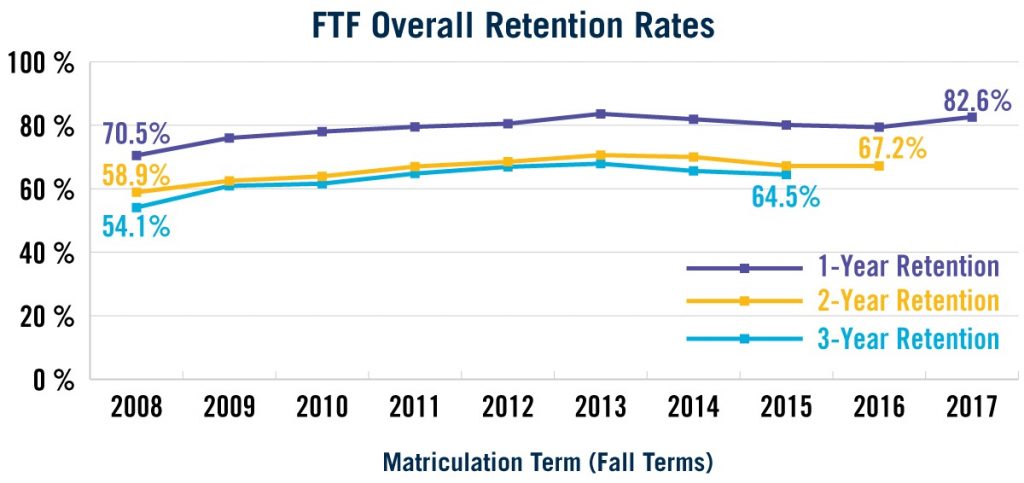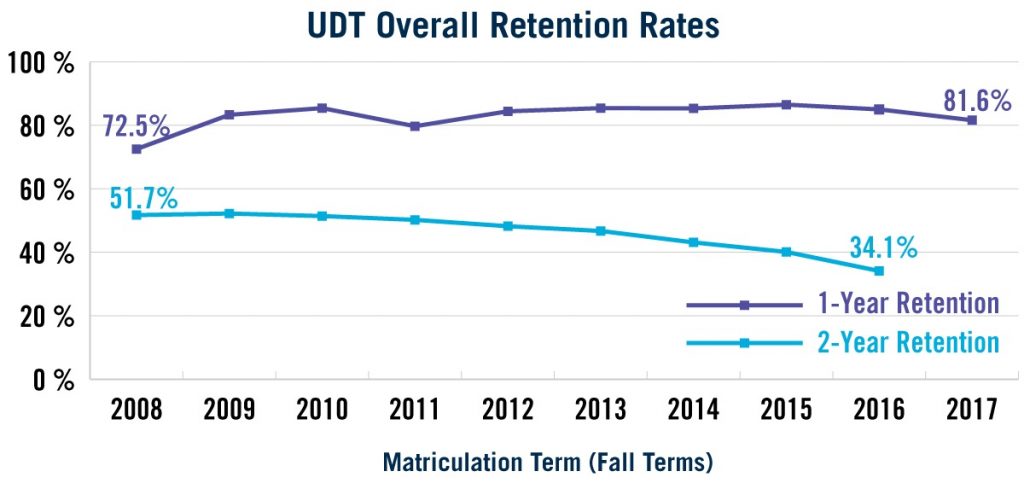California State University, Monterey Bay’s (CSUMB) Institutional Assessment and Research has released its annual report, which covers the retention rates of students attending CSUMB for different periods of time, among other statistics.
Retention rates are statistics concerning the percentage of students who continue to study at CSUMB throughout their college years. The study that was most recently released focused in part on how many first time freshman remained at CSUMB after one, two or three years of attending the university.

Retention rates of first time freshman have increased significantly since 2008, One-year retention has increased from 70.5 percent in 2008 to the current rate of 82.6 percent. Retention for students attending CSUMB for two years rose from 58.9 percent to 67.2 percent and three-year retention has also increased from 54.1 percent to 64.5 percent.
The report also examined retention rates of minority students, both underrepresented and non-underrepresented. First-time freshman minority students saw increases in retention rates as well. One-year retention saw an increase from 70.8 percent to 85.7 percent for underrepresented minorities and an increase from 70.4 percent to 79.8 percent for non-underrepresented minorities. Two-year retention jumped from 60.6 percent to 71.8 percent for the respective groups, and three-year retention rose from 54.2 percent to 65.5 percent and 54.1 percent to 63.4 percent.

However, not all areas of the report saw improvement. While upper division transfer (UDT) one-year retention rates increased from 72.5 percent to 81.6 percent, two-year retention rates saw a decrease from 51.7 percent to 34.1 percent. The report notes that “declining rates for UDT students are in part a result of increasing two-year cumulative graduation rates for UDT students.”
To view the report to its full extent, visit your CSUMB dashboard to see all graphs, statistics and further explanations.






